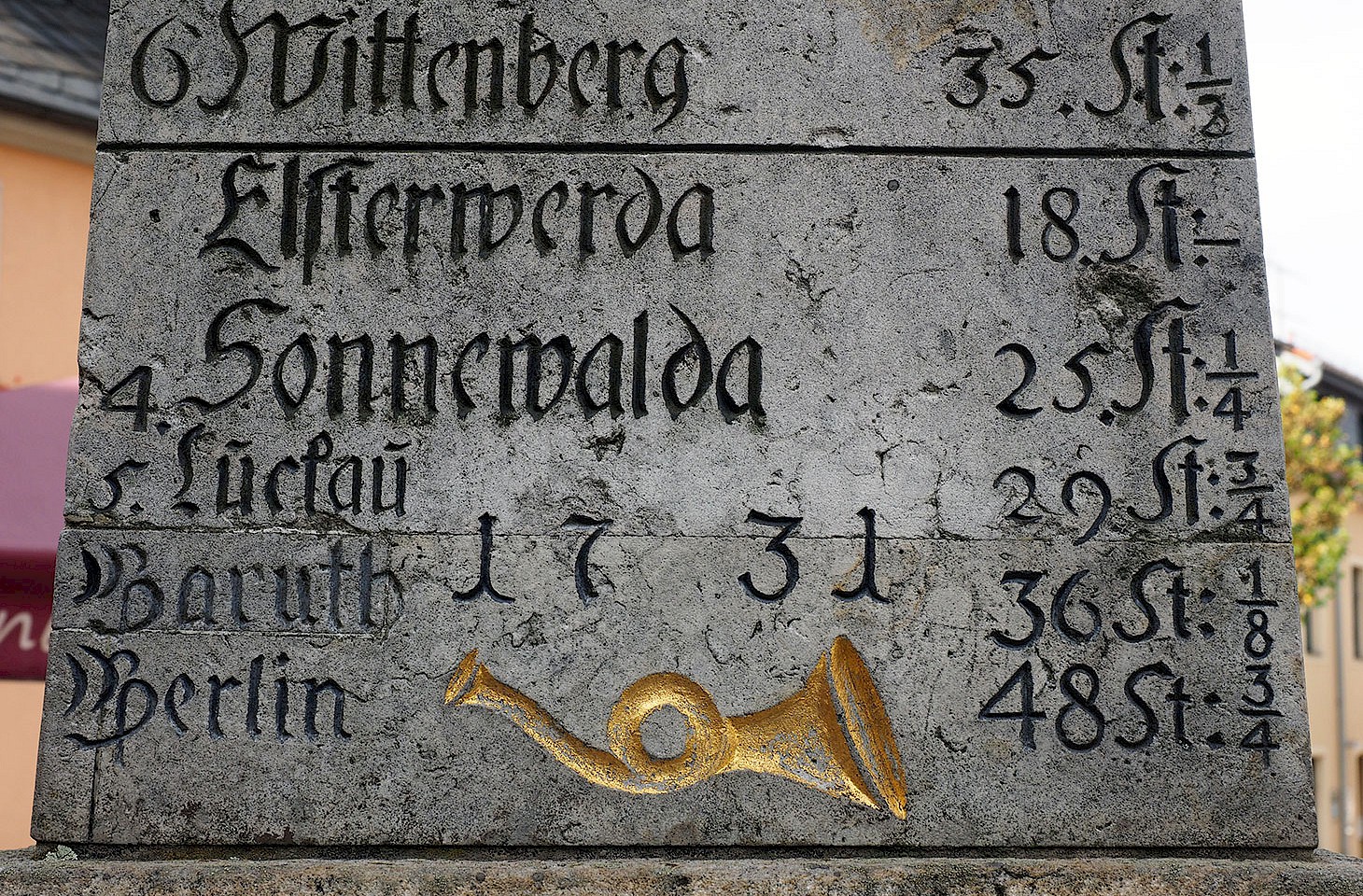Very few travellers ever set out to travel by train from Warsaw through the Baltic States to Tallinn. It is possible, but it’s not for the faint-hearted. It requires six trains and there are some serious timetable challenges. The direct link from Vilnius to Rīga, for example, only runs every four days. But things look set to change over the next decade, as the Rail Baltica project reshapes rail travel in the Baltic region.
Kristiina doesn’t look like a woman who might aspire to business-class comfort. She is waiting at a bus stop by a wide Warsaw boulevard now named in honour of the late Polish pope: Aleja Jana Pawła II.
“But I still call it Marchlewskiego,” says Kristiina, referring to the former name of the road. “That’s what it was called when I first came to Warsaw.”
Kristiina waits patiently for the coach to Tallinn. It is an 18-hour ride, and Kristiina isn’t really looking forward to it. “Eighteen hours on a bus! Can you imagine that?” she says. “That’s why I paid ten euros extra for business class on board. Bigger seats, up front,” Kristiina explains, making it sound as if the coach to Estonia might be a wide-bodied jet.
“But it’s better than the train,” she adds.
There’s no disputing that. It is possible to travel from Warsaw to Tallinn by train. The fastest route is via Moscow and requires two nights on trains. “But that means getting visas for Belarus and Russia,” argues Kristiina. “So that’s why I stick to the bus. Just as everyone does.”
Kristiina’s bus leaves the Polish capital just before nine in the evening, and reaches Tallinn the following afternoon. Along the way, the route traverses Lithuania and Latvia, with stops in both Vilnius and Rīga.
Slow train to Estonia
Road transport reigns supreme on this main north-south axis through the Baltic States. Direct trains across the border from Poland to Lithuania run only on Fridays, Saturdays and Sundays. Even on those days, anyone wanting to travel by train from Warsaw to Vilnius must change twice alone the way. And there’s a direct train from Vilnius to Rīga; it’s a Ukrainian service which runs just once every four days. Departure from Vilnius is at 3.30 in the morning.
Rīga to Tallinn by rail is easier. There is a once-daily connection. It has a sensible midmorning departure time from Rīga and requires just one easy change of trains at Valga in Estonia, just north of the border with Latvia.


